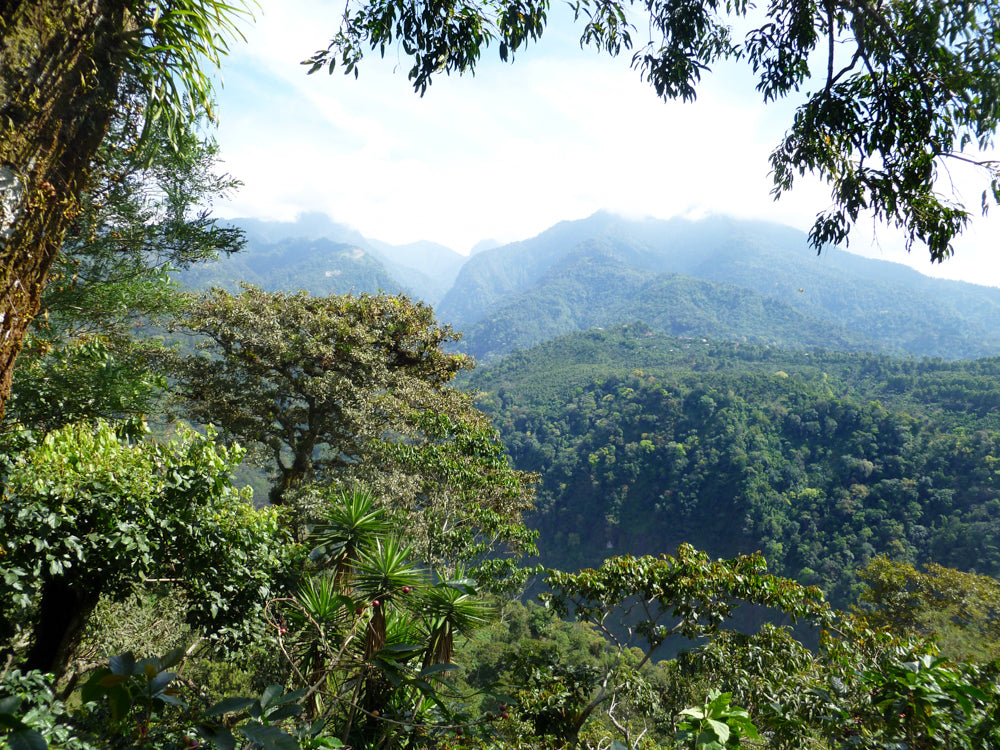We’re taking you behind the scenes to uncover the journey our coffee goes through at its source—through picking, processing, and grading—before it’s decaffeinated and shipped to us for roasting.
Picking
Coffee pickers harvest up to 90 kilos of coffee cherries a day, but only around 20% of that is the actual coffee bean. Our coffee is picked selectively, meaning only the reddest, ripest cherries make the cut. It takes a few rounds to pick all of the perfect cherries, but it’s worth it for quality, and many farms will reward their pickers for being extra selective.
Processing
Once picked, the coffee cherries need to be processed quickly to keep them fresh. Here’s how it’s done:
- Natural/Dry Process: Cherries are laid out on patios or raised beds to dry naturally over weeks, soaking up sweetness and fruity richness.
- Washed Process: Cherries are pulped, washed to remove any leftover fruity bits, and then dried. This process gives the coffee a clean, floral taste with bright acidity.
- Honey Process: The cherry is mostly removed, leaving some pulp for a semi-dry, balanced flavour that falls between the natural and washed styles.
Hulling
Once dried, beans still have a thin parchment layer that gets removed before shipping.
Sorting & Grading
The coffee beans are then sorted by size, weight, and quality. Defective beans are tossed out, ensuring only the best ones make it through. This part is essential for bringing out all the best flavours in the final roast.








Share:
What is the Sugarcane Method of Decaffeination for Decaf Coffee?